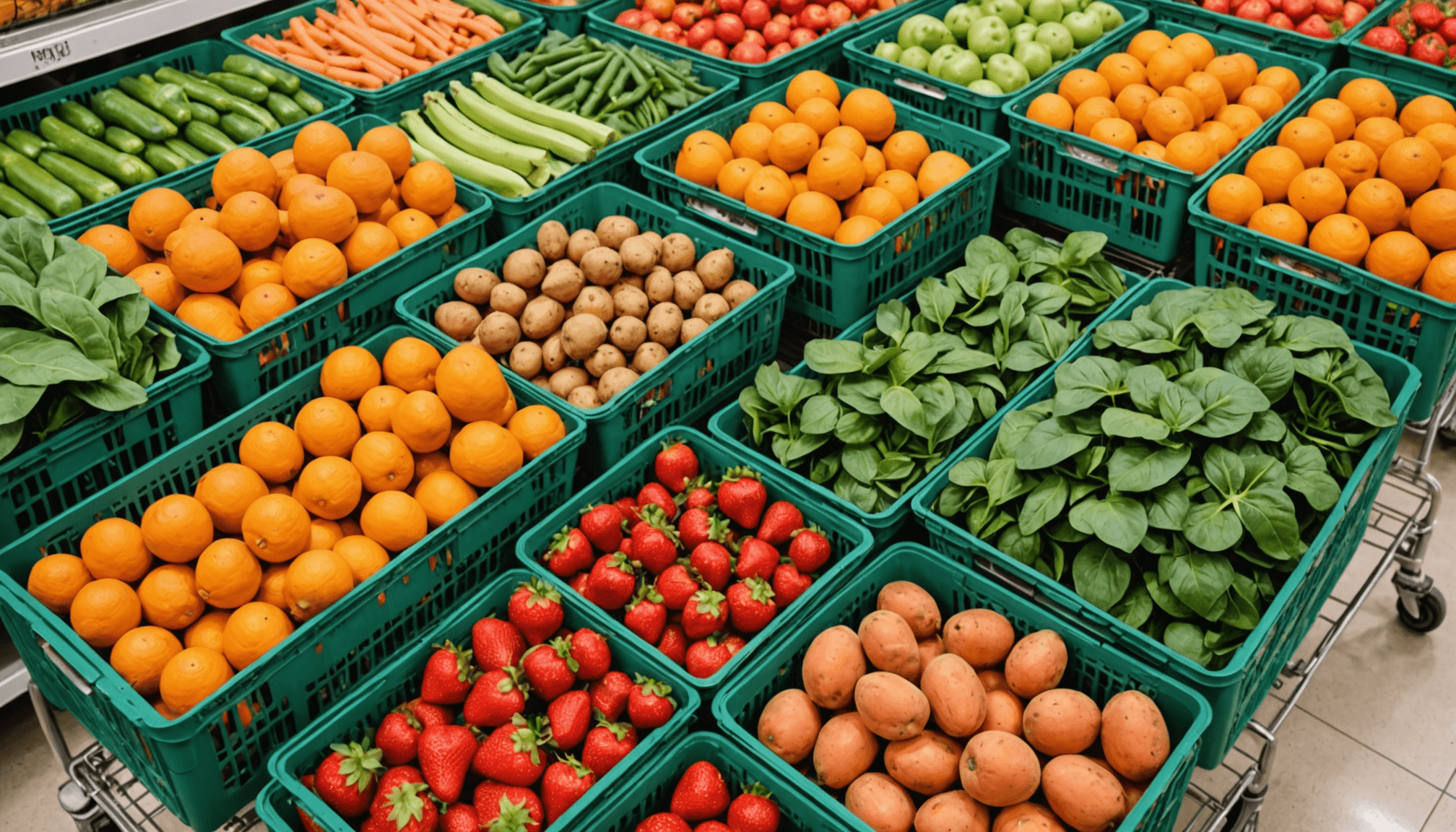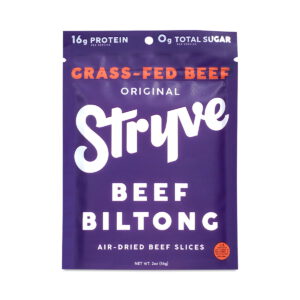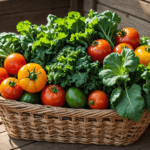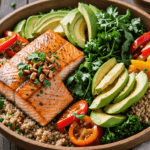- Benefits of meal planning for health and wellness
- Strategies for effective meal planning
- Time-saving tips for busy individuals
- Cost-effective meal planning solutions
- Quick and easy recipes for meal prep
- Maintaining flexibility in your meal plan
Grocery shopping can be a daunting task, especially for those balancing a busy lifestyle. However, approaching it with the right strategies can transform this chore into an enjoyable experience that enhances your meal planning efforts. Start by creating a list before you head to the store or shop online; this way, you ensure you stay focused and avoid impulse buys.
When it comes to selecting healthy foods, aim for a colorful variety of fresh fruits and vegetables. These not only provide a range of nutrients but also add visual appeal to your meals. Consider shopping at local farmers’ markets or community-supported agriculture (CSA) programs, where you can often find organic and seasonal produce. Not only does this support local economies, but it also guarantees fresher options compared to standard grocery store offerings.
If you or your family members are following a vegan diet, ensure your cart is stocked with proteins such as lentils, chickpeas, tofu, and tempeh. Whole grains like quinoa, brown rice, and oats can serve as excellent bases for your meals. Additionally, don’t forget about healthy fats found in avocados, nuts, and seeds, which are also great for those with busy lifestyles who may need quick snacks on the go.
For budget-friendly shopping, buy in bulk when possible. Items like grains, beans, and nuts often come at a lower price per unit when purchased in larger quantities. Choose store brand products for a more cost-effective option without sacrificing quality. When perusing store aisles, take advantage of sales and coupons, but always check the expiration dates on longer shelf-life items.
Online shopping can save you time and often provides a wider range of products, but it’s essential to consider safety. Ensure you’re using reputable websites and check for customer reviews on products, especially when purchasing less familiar fitness foods or organic items. Look for brands that are transparent about their sourcing methods and ingredient lists. Always double-check delivery dates to ensure your groceries arrive fresh.
To guarantee the freshness and safety of your chosen ingredients, prioritize items that have been sustainably sourced and avoid those with excessive packaging. If you’re shopping for produce, choose organic options for those items known to carry higher pesticide residues, such as berries and leafy greens. Reading labels for additives and preservatives is crucial for maintaining a healthy diet, especially amidst the hustle and bustle of everyday life.
By adopting these simple yet effective strategies, grocery shopping can become an integral part of your meal planning routine, ensuring that you and your family can enjoy delicious, healthy, and diverse meals that cater to your busy lifestyle.
Strategies for effective meal planning
To effectively plan your meals, it is essential to develop a step-by-step strategy that aligns with your busy lifestyle. Start by conducting a weekly review of your schedule to identify potential time constraints. Use a planner or digital calendar to outline days where meal prepping is feasible, allowing you to allocate time for grocery shopping and cooking. This proactive approach eliminates the last-minute scramble and promotes healthier eating habits.
Next, create a rotating meal plan to simplify decisions around what to cook. Consider categorizing meals by type, such as vegetarian, meat-based, or seafood options, and assigning specific themes for each day of the week. For example, “Meatless Mondays” or “Taco Tuesdays” create excitement while reducing the cognitive load of constant decision-making. Here’s a simple overview of how a weekly meal plan can be structured:
| Day | Meal Type | Example Dishes |
|---|---|---|
| Monday | Vegetarian | Chickpea Stir Fry |
| Tuesday | Meat | Grilled Chicken Tacos |
| Wednesday | Seafood | Baked Salmon with Quinoa |
| Thursday | Quick and Easy | One-Pan Pasta |
| Friday | Family Favorites | Pizza Night |
| Saturday | BBQ/Grill | Grilled Veggie Skewers |
| Sunday | Meal Prep | Batch Cook Soups & Stews |
After creating a meal schedule, compile a grocery list based on your selected recipes. This list should include all necessary ingredients, which not only prevents forgetting critical items but also helps you stay within budget. Consider utilizing grocery delivery services as they can save significant time, allowing you to focus on prepping meals instead of navigating crowded aisles.
Incorporate variety into your meals to maintain interest and reduce monotony. Using meal prep containers, you can prepare multiple portions at once, storing them in the fridge or freezer for the week ahead. Be strategic by preparing different proteins, grains, and vegetables, creating a “build-your-own” style meal assembly that allows for flexibility based on daily preferences.
Lastly, acknowledge that a rigid meal plan can be restrictive. Allowing for adjustments based on spontaneous plans or cravings keeps the meal planning experience enjoyable and sustainable. It’s vital to remain adaptable, recognizing when to shuffle meals around without feeling guilty about diverging from the original plan. This approach not only eases the burden of meal prep but also enhances the enjoyment of food within your busy lifestyle, ensuring that healthy habits are reinforced rather than compromised.
Time-saving tips for busy individuals
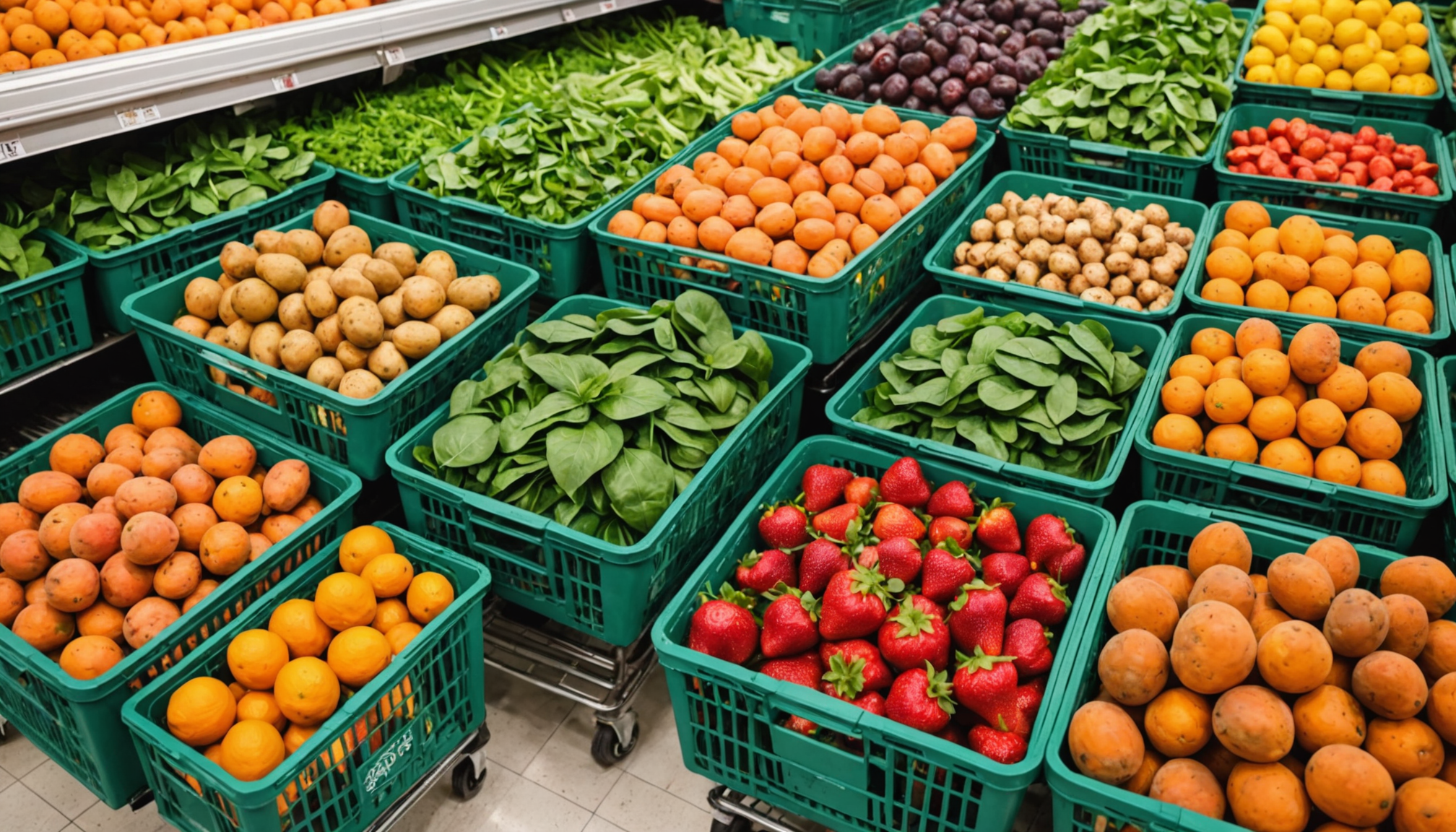
Grocery shopping can be made significantly more efficient with a few clever tips and tricks, especially when you’re juggling the demands of a busy lifestyle. One of the most effective strategies is to shop with a detailed list. Prior to heading out, take a moment to plan and write down everything you need based on your meal plan. This means no more wandering aimlessly down aisles or giving in to those enticing impulse buys.
When selecting healthy foods, focus on purchasing items that are both nutrient-dense and versatile. Stock up on fresh produce like berries, spinach, and sweet potatoes, as these can easily be incorporated into various meals. If you prefer a more sustainable shopping approach, consider visiting local farms or farmers’ markets. Not only will you find organic options, but you’re also supporting your community and enjoying the freshest ingredients available.
For those following a vegan lifestyle, make sure your shopping list includes a wide range of protein sources. Think lentils, quinoa, tofu, and nut butters. These ingredients can be prepared in advance and used creatively throughout the week to avoid monotony. Furthermore, try to incorporate local vegan brands into your shopping routine; they often provide specialty items like plant-based cheeses and meats that can add flair to everyday meals.
Budget considerations are also vital, especially for families or individuals conscious of expenses. Stocking up on bulk items like rice, beans, and oats can save money over time. Additionally, take advantage of your store’s sales and coupons, but not at the expense of your health. When comparing products, go for items with fewer ingredients and those without added sugars or preservatives. Always check expiration dates, especially for bulk buys; this guarantees freshness and minimizes waste.
Online grocery shopping can drastically reduce your time in-store, but it comes with its own set of considerations. First, ensure you’re shopping from trusted sites; read customer reviews to gauge product quality. When it comes to checking out, look for security reassurance on the payment pages. This is crucial when ordering perishable items like dairy or produce, so reading about the shipping methods can help you ensure that your groceries will arrive fresh and in good condition.
As you fill your cart, always prioritize freshness and quality. Look for seasonal produce which often tastes better and can be cheaper. Pay attention to foods that tend to have higher pesticide levels; opting for organic versions of these can lead to healthier meals. Items that are packaged sustainably and don’t contain harmful additives are also essential for your health, particularly when you’re attempting to maintain a nutrient-rich diet amidst your busy lifestyle.
With smart shopping strategies, you can not only find healthier options but also enjoy the process of selecting and preparing food for you and your family. Incorporate these suggestions, and you may find that your grocery shopping not only becomes quicker but also a bit more enjoyable!
Cost-effective meal planning solutions
Finding ways to plan meals efficiently doesn’t just help streamline your cooking process; it can also be a boon for your budget. One key strategy for cost-effective meal planning is to embrace bulk purchasing for staple items. By buying grains, legumes, and canned goods in larger quantities, you typically secure a lower price per unit. This advantage allows you to fill your pantry with versatile ingredients that form the foundation of various healthy meals throughout the week.
Another effective strategy is to create a meal plan that focuses on simplicity and repetition. Consider dedicating a few nights each week to similar meals that can be made in large batches and then frozen for later. For instance, making a big pot of vegetable soup or chili not only saves time but also reduces food waste. These hearty meals can be easily reheated for quick dinners or lunches on busy days.
Using seasonal produce can also significantly lower your grocery bills. Foods that are in season are often less expensive and of higher quality. By adjusting your meal plan to include these ingredients, you not only eat fresher but also support local farmers and producers. Creating a rotating list of seasonal fruits and vegetables can help guide your shopping trips, ensuring you pick up what’s both cost-effective and nutritious.
“The best way to save money is to eat at home more often and plan meals ahead of time.”
Consider implementing a “pantry challenge” once a week where you plan meals solely based on what you already have on hand. This not only minimizes grocery store trips but also helps prevent waste, as you can get creative with ingredients that might otherwise go unused. By focusing on utilizing those items, you can create delicious meals while adhering to your budget.
In addition, take note of promotions and discounts both in-store and online. Many grocery stores offer loyalty programs or weekly specials that can lead to significant savings. While planning your meals, check these promotions ahead of your shopping trip and incorporate those discounted items into your menu.
Lastly, consider investing in meal prep containers, as they can help streamline your cooking process and keep your ingredients fresh longer. When meals are organized and stored efficiently, it not only saves you time during the week but also promotes healthy eating habits, as you are less likely to opt for takeout when a nutritious homemade meal is ready to go.
By implementing these cost-effective meal planning solutions, not only can you manage your busy lifestyle more efficiently, but you can also nurture your health and well-being while sticking to a budget.
Quick and easy recipes for meal prep
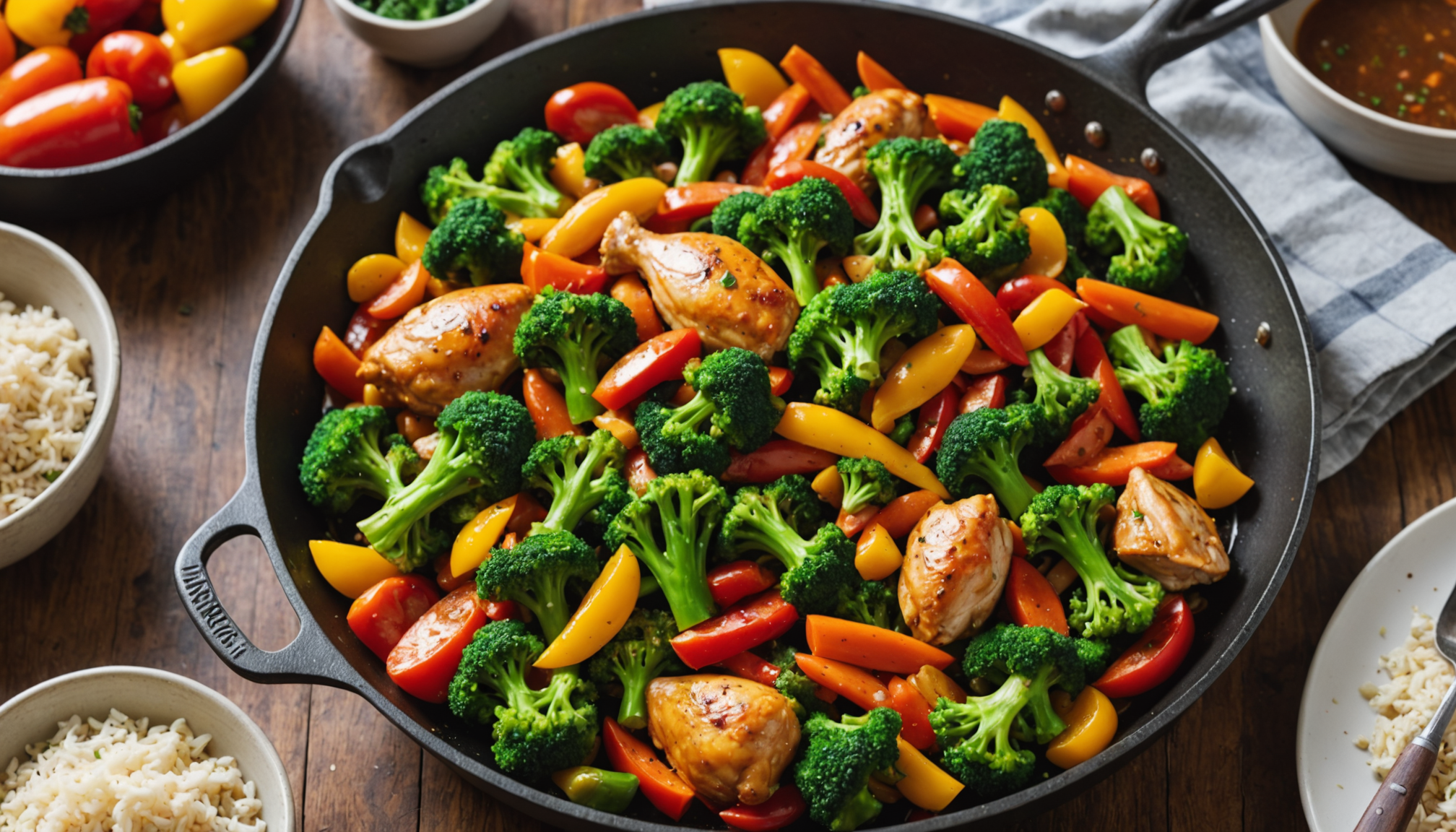 Preparing quick and easy recipes can be a game changer for anyone managing a busy lifestyle. The key is to identify meals that are not only simple to create but also healthy and satisfying. One-pot or one-pan meals can save time on both cooking and cleanup, making them perfect for weekday dinners or meal prep sessions. For instance, a one-pan chicken and vegetable stir-fry can be ready in under 30 minutes. Simply toss your protein of choice with a mix of fresh or frozen vegetables and your favorite sauce for a nutritious meal that packs flavor without the fuss.
Preparing quick and easy recipes can be a game changer for anyone managing a busy lifestyle. The key is to identify meals that are not only simple to create but also healthy and satisfying. One-pot or one-pan meals can save time on both cooking and cleanup, making them perfect for weekday dinners or meal prep sessions. For instance, a one-pan chicken and vegetable stir-fry can be ready in under 30 minutes. Simply toss your protein of choice with a mix of fresh or frozen vegetables and your favorite sauce for a nutritious meal that packs flavor without the fuss.
Batch cooking is also an effective strategy. Prepare a large quantity of grains, such as quinoa or brown rice, at the beginning of the week. These can serve as a base for various meals throughout the week. Combine them with different proteins and vegetables, and you’ll have a variety of meals ready with minimal effort. Think along the lines of grilled chicken with quinoa, sautéed spinach, and a drizzle of lemon for one dinner, and then use the rest of the quinoa as a salad base topped with chickpeas and cucumbers the next day.
Smoothies are another quick option, especially for those hectic mornings when you’re short on time. Blend spinach, a banana, a scoop of protein powder, and almond milk for a nutritious breakfast that can be taken on the go. You can even prepare smoothie bags in advance with all the solid ingredients pre-portioned and frozen, allowing for quick assembly when you need it.
For those who love soup, consider making a large batch of vegetable or lentil soup that can last all week. Soups can be hearty, packed with nutrients, and are often even better the next day as flavors meld together. You can freeze extra portions for a later date, which gives you a ready-made meal that requires no effort when you’re too busy to cook.
Embrace the versatility of pre-marinated proteins, too. Marinate chicken, tofu, or fish ahead of time, and then simply grill or bake it when you’re ready to eat. This technique not only infuses your meals with flavor but also takes minimal effort on cooking days.
The essential aspect is to maintain a repertoire of quick recipes that you can rotate through, allowing for variety while ensuring that you’re making meals that fit your busy schedule. With these quick and easy recipes at your disposal, you’ll not only save time but also nourish your body, which is increasingly important in today’s fast-paced world.
- What are the key benefits of meal planning?
- Meal planning helps save time, reduce stress around mealtimes, and promote healthier eating habits by ensuring you have nutritious meals prepared. It also can help you stick to a budget by reducing impulse purchases and food waste.
- How do I start meal planning effectively?
- Begin by assessing your weekly schedule and creating a list of your favorite meals. Plan based on what you already have, prioritize easy recipes, and create a shopping list to streamline your grocery trips.
- What types of recipes are best for meal prep?
- Look for recipes that can be made in bulk and stored easily, such as casseroles, soups, and grains. One-pan meals are great because they require less cleanup, making them ideal for busy weeks.
- How can I ensure my meals stay flexible?
- Choose adaptable recipes that can easily switch out ingredients based on what you have or prefer. Create a theme for your meals rather than rigidly sticking to a strict plan to allow for spontaneous changes.
- How can I save money while meal planning?
- Buy in bulk for pantry staples, use seasonal ingredients for better pricing, and embrace batch cooking to reduce waste. Take advantage of store promotions and loyalty programs for added savings.
- Can I meal prep for special diets?
- Absolutely! Meal planning can cater to various diets. Just be sure to select recipes and ingredients that align with specific dietary needs, such as vegan, gluten-free, or low-carb options.
- How long can I store prepped meals?
- Generally, most cooked meals can be stored in the refrigerator for 3 to 5 days. For longer storage, consider freezing meals in airtight containers, where they can last for up to three months.
Maintaining flexibility in your meal plan
When it comes to grocery shopping, staying flexible is essential for adapting to the whims of a busy lifestyle. While preparing a detailed list based on your meal plan is a great starting point, it’s also important to keep your mind open to variations. Not only does this create opportunities for culinary creativity, but it also allows you to take advantage of seasonal ingredients and local produce. If you see that sweet corn is exceptionally fresh at the market this week, consider integrating it into your meals, rather than sticking strictly to your original plan.
Moreover, frequenting local farmers’ markets or community-supported agriculture (CSA) programs can lead to delightful surprises. You may find unique items that can serve as the star of your dish and reignite your cooking passion. Embracing unexpected ingredients can turn a basic meal into an exciting culinary adventure!
In addition, when shopping online or in-store, always keep an eye out for sales and discounts that could modify your original grocery list. If a certain item that you regularly buy is discounted, stock up if it has a long shelf life. This not only helps save money but also ensures you have healthy options at hand when time is tight.
Another practical tip is to compartmentalize your meal prep. Invest in meal prep containers that allow you to store various components separately. This means that you can cook your proteins, carbohydrates, and veggies in larger quantities but mix and match them throughout the week. This strategy provides flexibility in meals, as you can easily swap out ingredients based on what you feel like eating on any given day.
For busy lifestyles, utilizing versatile ingredients is also key. Things like quinoa, whole grain pasta, and legumes can serve as bases for numerous dishes—think salads, wraps, or stir-fries. Adding a variety of spices and sauces can transform these staples into multiple unique meals, keeping your palate excited without requiring extensive effort.
When considering your shopping habits, don’t overlook the importance of food safety. Always check expiry dates, especially for perishable items, whether you’re shopping in-store or online. Also, pay attention to the packaging of foods, as those with excessive additives are best avoided. Familiarize yourself with your local grocery’s safety guidelines, particularly for fresh products, to ensure you’re providing the healthiest options for your meals.
While grocery shopping may feel like a chore, keeping it adaptable can lead to unexpected culinary delights, sustain your meal planning efforts, and ultimately support a balanced diet amidst the busy schedules we all navigate. Cultivating a routine that accommodates flexibility ensures that healthy eating remains enjoyable and rewarding, encouraging you to stick to your meal planning efforts over the long haul.
New Customers Offer!
Free Gift for the new customer
$24 Value, When You Subscrib Visit Thrive Market
